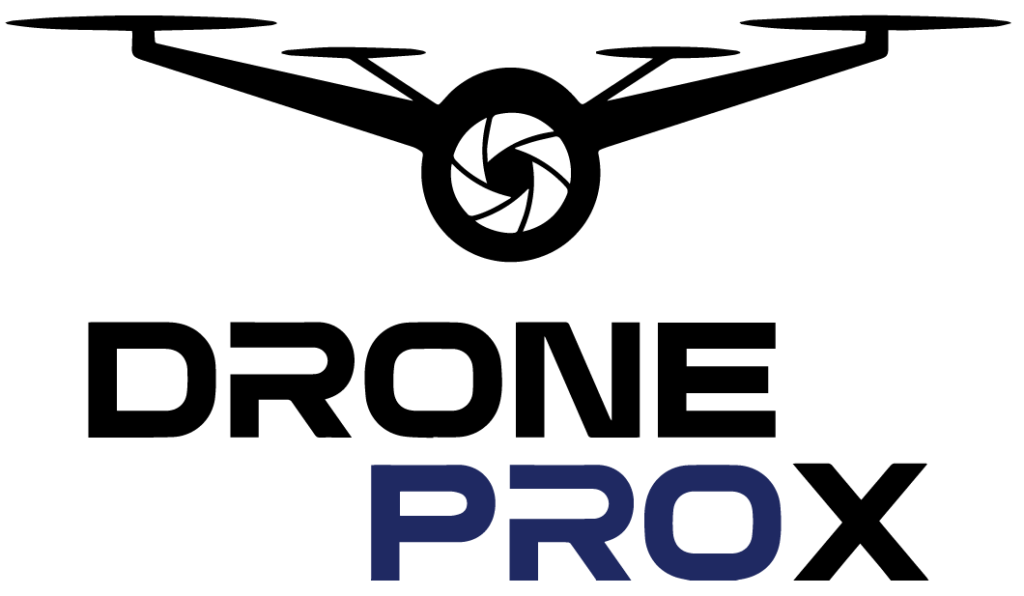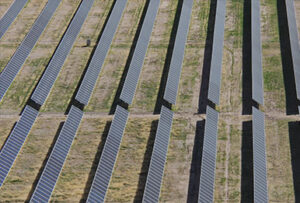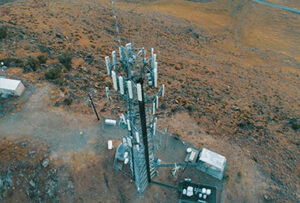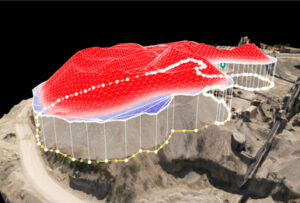Elevating Connectivity: Drones in Cell Tower Operations
- Home
- Blog
In the realm of modern telecommunications, cell towers are the unsung heroes that keep us connected. Ensuring their proper function and maintenance is paramount, and drones have emerged as essential tools in this endeavor. In this article, we’ll delve into three key applications of drones in the world of cell tower operations: Cell Tower Inspection, Creating Digital Twins of Cell Towers, and Long-Distance Line of Sight Validation for Microwave Antennas.
1. Cell Tower Inspection
Cell tower inspections are a critical part of ensuring the reliability and performance of cellular networks. Traditionally, these inspections involved technicians scaling towers, which can be dangerous and time-consuming. Drones equipped with high-resolution cameras and sensors now take center stage in this task. They effortlessly navigate the vertical expanse of cell towers, capturing detailed images and videos of crucial components. This visual data aids in identifying defects, corrosion, loose connections, and signs of wear and tear. By replacing risky manual inspections with drone-powered ones, safety is improved, and operational costs are reduced.
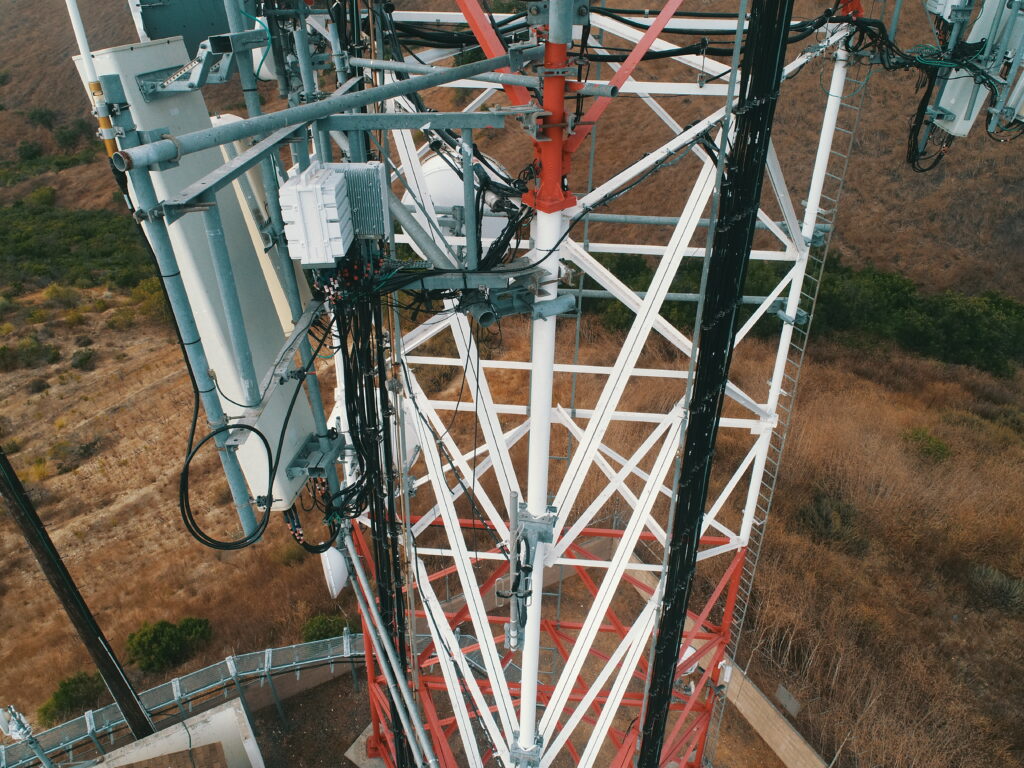
2. Creating Digital Twins of Cell Towers
The concept of "Digital Twins" involves creating a precise digital replica of a physical object or structure. In the context of cell towers, drones equipped with specialized sensors and cameras are used to create digital twins of these structures. These digital replicas provide a comprehensive 3D model of the cell tower and its components. This invaluable resource allows network providers to perform virtual inspections, simulate maintenance scenarios, and plan upgrades with precision. Digital twins are instrumental in optimizing the operational efficiency of cell towers and ensuring their longevity.
3. Long-Distance Line of Sight Validation for Microwave Antennas
Microwave antennas play a crucial role in long-distance data transmission between cell towers, forming the backbone of cellular networks. To ensure seamless connectivity, it's imperative that there is a clear line of sight (LOS) between these antennas. Drones equipped with specialized LOS analysis tools can quickly assess the terrain, vegetation, and any potential obstructions that might hinder microwave signal transmission. This data helps network engineers make informed decisions about antenna placement and alignment, ensuring optimal signal strength and reliability. What's remarkable is that these drones can perform line of sight missions at distances of up to 25 miles, offering an extensive reach for verifying signal pathways. This capability is especially advantageous for network providers seeking to establish reliable connections over vast expanses. In conclusion, drones are elevating the efficiency and effectiveness of cell tower operations. From inspections that enhance safety and reduce costs to the creation of digital twins that facilitate precise planning and maintenance, and long-distance LOS validation for microwave antennas that ensures connectivity, these unmanned aerial vehicles have become indispensable tools in the telecommunications industry. As technology continues to advance, we can anticipate even more innovative applications of drones in the world of cell towers, further enhancing our connectivity and communication capabilities.

Leave a Reply
About Us
With an unwavering passion for capturing from the sky, we strive to deliver breathtaking aerial imagery that evokes emotion and showcases the world from a unique perspective.
Experience opulence and sophistication with our premium offering, combining exquisite design and luxurious features for an unparalleled experience.
Contact
- droneinspection@yahoo.com
- +1 (234) 567 890
- Los Angeles, CA 90036
- Mon - Fri : 09.00 - 18.00
Explore
Copyright © 2023 Drone Prox
